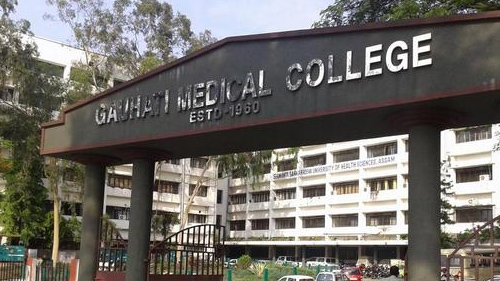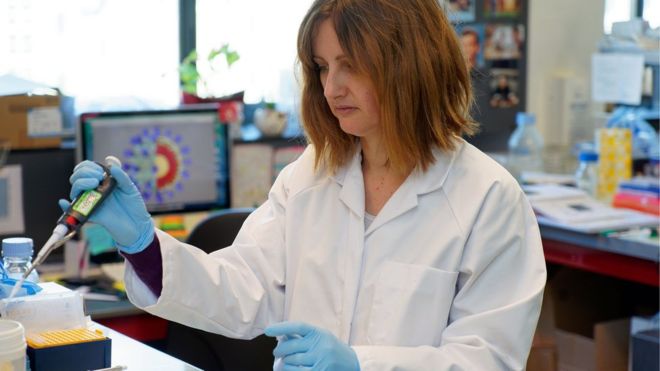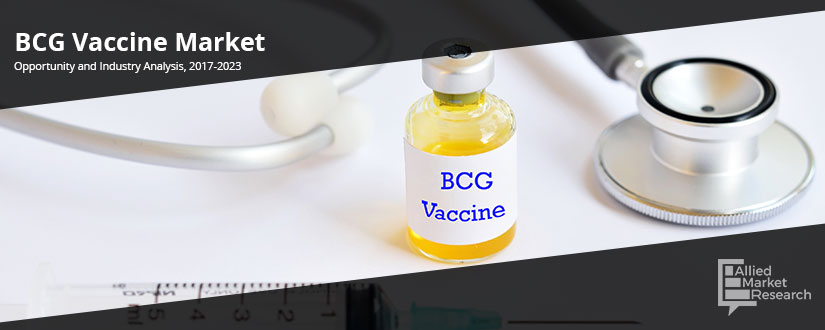With cases on the rise, India is closely tracking progress of anti-viral drug remdesivir’s usage to cure Covid-19 patients.
After Gilead Science’s anti-viral drug remdesivir showed signs that it could become a standard of care to fight Covid-19 pandemic, a US government disease expert welcomed the key clinical trial results. India, too, may pin its hopes on the drug in a bid to treat rising Covid-19 patients.
Gilead Science’s antiviral drug remdesivir gained traction after the US governmADVERTISEMENectious disease expert Dr Anthony Fauci called the early results of a key clinical trial as “good news” in the fight against novel coronavirus.
Preliminary results showed that patients given remdesivir recovered 31 per cent faster than those given a placebo.
: Gilead says remdesivir shows improvement in Covid-19 patients when used early President Donald Trump called the remdesivir drug trials “a stepping stone in moving faster in the direction of making a vaccine”.
Fauci said, “FDA is working with Gilead to figure out mechanisms to make this easily available to those who need it.”
The National Institute of Allergy and Infectious Diseases, a wing of the National Institutes of Health (NIH) in the US, said early results from its 1,063 patient trials show that hospitalised Covid-19 patients who were given remdesivir recovered in 11 days, compared to 15 days for those who were given a placebo.
The study also showed that 8 per cent of patients who were given the drug died, as compared to 11.6 per cent in the placebo group. However, the difference was not statistically significant so may not be due to Gilead’s drug, they added.
Will India consider remdesivir?
India is part of World Health Organisation’s (WHO) solidarity trials for vaccines.
Indian Council of Medical Research (ICMR) Director Dr Raman Gangakhedkar said earlier that India has kept an eye out on the results from the trials conducted with remdesivir and the data that is being collected on it.
“It is a product made by Gilead company. ICMR is participating in a solidarity trial with WHO, an arm of that solidarity trial is also working on the efficaciousness of remdesivir. Can other pharmaceutical companies make it? Once we know that then we shall move forward from there,” said Gangakhedkar on April 13.
It has been widely reported that remdesivir had previously failed as a treatment for Ebola, but it is now being tried against the novel coronavirus. Gangakhedkar explained that the drug prevents certain viruses from multiplying.
“Remdesivir a drug that was being used in Ebola outbreak. The drug acts on the mutation of the Covid-19 virus, which is why researchers believe that it could work.”
An earlier clinical trial conducted in China with remdesivir revealed details about the Ebola drug’s inefficacy on critical Covid-19 patients.
Released prematurely by WHO, results of the China trial suggested no benefit of the drug in terms of preventing death and reducing virus load. WHO retracted it soon after. Gilead had rejected the claim and said the study was released too early due to low patient enrolment.
Indian Council of Medical Research (ICMR) Director Dr Raman Gangakhedkar said earlier that India has kept an eye out on the results from the trials conducted with remdesivir and the data that is being collected on it.

Milan Sharma
US grants emergency approval for remdesivir for Covid-19 patients
Remdesivir
During a meeting in the Oval Office with President Donald Trump, Gilead Chief Executive Daniel O’Day called the move an important first step and said the company was donating 1 million vials of the drug to help patients.
In this file photo one vial of the drug Remdesivir is viewed during a press conference about the start of a study with the Ebola drug Remdesivir in particularly severely ill patients at the University Hospital Eppendorf (UKE) in Hamburg, northern Germany on April 8, 2020, amidst the new coronavirus Covid-19 pandemic.
In this file photo one vial of the drug Remdesivir is viewed during a press conference about the start of a study with the Ebola drug Remdesivir in particularly severely ill patients at the University Hospital Eppendorf (UKE) in Hamburg, northern Germany on April 8, 2020, amidst the new coronavirus Covid-19 pandemic. (AFP)
The experimental drug remdesivir has been authorized by US regulators for emergency use against Covid-19, President Donald Trump announced Friday.
It comes after the antiviral made by Gilead Sciences was shown in a major clinical trial to shorten the time to recovery in some coronavirus patients, the first time any medicine has had a proven benefit against the disease.
“It is really a really promising situation,” Trump said at the White House, where he was joined by Gilead’s CEO Daniel O’Day.
“We are humbled with this first step for hospitalized patients,” said O’Day, adding: “We want to make sure nothing gets in the way of these patients getting the medicine.”
The company has previously announced it was donating some 1.5 million doses for free.
This amounts to about 140,000 treatment courses based on a 10-day treatment duration.
Remdesivir, which is administered by an injection, was already available to some patients who enrolled in clinical trials, or who sought it out on a “compassionate use” basis.
The new move allows it to be distributed far more widely and used in both adults and children who are hospitalized with a severe form of Covid-19.
The Food and Drug Administration, which authorized the approval, defines severe as having low blood oxygen levels, requiring oxygen therapy, or being on a ventilator.
‘Proof of concept’
The US National Institute of Allergy and Infectious Diseases (NIAID) announced the results of a trial involving more than 1,000 people on Wednesday.
It found that hospitalised Covid-19 patients with respiratory distress got better quicker than those on a placebo.
Specifically, patients on the drug had a 31 percent faster time to recovery.
“Although the results were clearly positive from a statistically significant standpoint, they were modest,” Anthony Fauci, the scientist who leads the NIAID told NBC News on Thursday.
While not considered a miracle cure, remdesivir’s trial achieved a “proof of concept,” according to Fauci that could pave the way for better treatments.
Remdesivir incorporates itself into the virus’s genome, short circuiting its replication process.
It was first developed to treat Ebola, a viral hemorrhagic fever, but did not boost survival rates as other medicines.
The Food and Drug Administration FDA) has signed on the emergency use of Gilead Sciences Inc’s remdesivir drug for treating severe cases of COVID-19.
The drug, according to studies reduced the time it took patients to recover from the coronavirus infection. US President Donald Trump, on May 1, said that the FDA has granted Emergence Use Authorisation (EUA) for the investigational antiviral remdesivir.
Follow our LIVE Updates on the coronavirus pandemic here
The announcement was made at the Oval Office by Trump alongside Gilead CEO Daniel O’Day.
RELATED NEWS
Will US exchange trading floors still be relevant post-coronavirus?
Coronavirus pandemic | Assam allows opening of liquor shops with immediate effect amid lockdown
UNSC President Estonia calls Security Council’s handling of COVID-19 ‘a shame’
“This EUA opens the way for us to provide emergency use of remdesivir to more patients with severe symptoms of COVID-19,” said Daniel O’Day, Chairman and Chief Executive Officer of Gilead Sciences.
Also Read | Exclusive: Gilead says open to collaborate with govts, drug firms to make Remdesivir globally available
“We will continue to work with partners across the globe to increase our supply of remdesivir while advancing our ongoing clinical trials to supplement our understanding of the drug’s profile. We are working to meet the needs of patients, their families and healthcare workers around the world with the greatest sense of urgency and responsibility.”








